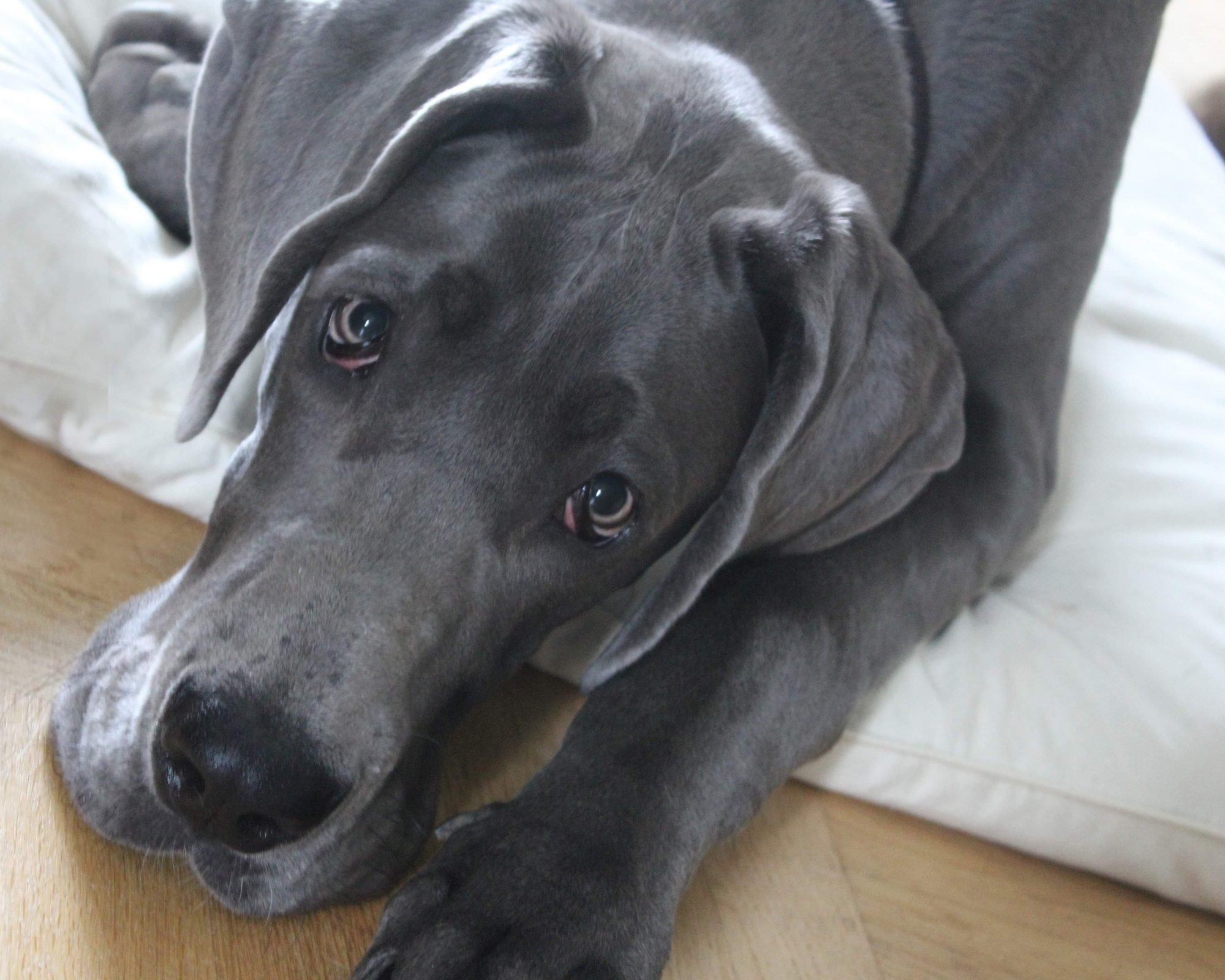

Preventing Bloat Beyond Gastropexy: A Holistic Approach to Protecting Your Dog
Bloat—also known as gastric dilatation-volvulus (GDV)—is a life-threatening condition that every giant breed dog owner should know about. It’s a sudden and severe condition where the stomach fills with gas and twists, cutting off blood flow and trapping the contents inside. While gastropexy surgery is a fantastic preventative measure, it’s not the only way to reduce the risk of bloat.
In this guide, we’ll explore how gastropexy works, why it’s a great tool, and other practical ways to reduce the risk of GDV for your dog. A holistic approach to prevention can make all the difference in keeping your gentle giant safe and healthy.
What is Bloat and Why is it Dangerous?
Bloat occurs when the stomach expands with gas, fluid, or food, putting pressure on surrounding organs and blood vessels. In some cases, the stomach twists, cutting off its blood supply—a condition called gastric dilatation-volvulus (GDV).
GDV progresses rapidly and is fatal without immediate veterinary intervention. Giant breed dogs, such as Great Danes, Saint Bernards, and Irish Wolfhounds, are particularly prone to this condition due to their deep chests.
How Gastropexy Surgery Helps
Gastropexy is a surgical procedure that tacks the stomach to the abdominal wall, preventing it from twisting if bloat occurs. It doesn’t stop bloat entirely, but it drastically reduces the risk of the twisting (volvulus), which is the most life-threatening aspect of GDV.
This surgery can be performed preventatively, often during a spay or neuter procedure, or as part of emergency surgery if GDV has already occurred.
Preventing Bloat Beyond Gastropexy
While gastropexy is an effective preventative tool, it’s only part of the solution. Here’s how you can take a proactive, holistic approach to minimize your dog’s risk of bloat:
1. Feed Smaller, More Frequent Meals
One of the biggest contributors to bloat is eating large meals too quickly. To reduce risk:
- Divide your dog’s daily food into 2–3 smaller meals instead of one large meal.
- Avoid free-feeding (leaving food out all day), as this can lead to overeating.
- Use slow-feeder bowls to encourage slower eating and reduce gulping air during meals.
2. Choose the Right Food
Diet plays a significant role in your dog’s digestive health. To reduce the risk of bloat:
- Opt for high-quality, easily digestible dog food.
- Avoid kibble with large amounts of fillers like corn, soy, or wheat.
- Steer clear of fermented ingredients like soybean meal, which can increase gas production.
- Incorporate fresh, whole ingredients, such as lean proteins and vegetables, to improve digestion.
3. Limit Water Intake Around Mealtimes
While hydration is critical for your dog’s health, drinking excessive amounts of water before or after meals can contribute to bloating.
- Provide fresh water throughout the day but limit access to large quantities of water 30 minutes before and after meals.
4. Manage Exercise Around Mealtimes
Exercise and feeding schedules should be carefully managed to reduce bloat risk:
- Avoid vigorous exercise or playtime for at least 1–2 hours before and after meals.
- Focus on gentle, low-impact activities during these times to aid digestion without putting unnecessary stress on the stomach.
5. Reduce Stress During Meals
Dogs that eat too quickly or nervously are more prone to swallowing air, which can increase the risk of bloat. To create a calm feeding environment:
- Feed your dog in a quiet, low-stress area away from distractions.
- If you have multiple dogs, feed them separately to reduce competition and anxiety.
6. Know the Signs of Bloat
Even with the best preventative measures, bloat can still happen. Recognizing the symptoms early can save your dog’s life:
- Restlessness or pacing.
- Unsuccessful attempts to vomit or retch.
- Swollen or distended abdomen.
- Excessive drooling.
- Signs of pain or discomfort (whining, reluctance to lie down).
- Rapid breathing or difficulty breathing.
If you notice any of these signs, contact your veterinarian immediately. Time is critical with GDV.
7. Regular Veterinary Check-Ups
Regular vet visits are key to your dog’s overall health and can help identify any underlying issues that may increase the risk of bloat. Talk to your vet about gastropexy and whether it’s a good option for your dog.
Is Gastropexy Right for Your Dog?
If you’re the owner of a giant breed or deep-chested dog, gastropexy is worth considering. While it doesn’t eliminate the risk of bloat, it can provide peace of mind by preventing the most dangerous aspect: stomach twisting.
Many owners opt for preventative gastropexy during routine spay or neuter surgeries, as it minimizes additional anesthesia and recovery time. However, it’s always best to discuss this option with your veterinarian to determine what’s right for your dog.
Final Thoughts: A Proactive Approach to Bloat Prevention
Bloat is a serious condition, but with the right precautions, you can significantly reduce your dog’s risk. Gastropexy is an excellent preventative tool, but it’s most effective when paired with mindful feeding practices, exercise management, and regular vet care.
Your gentle giant deserves the best care possible, and being proactive about bloat prevention is one of the most important things you can do for their health and longevity.
